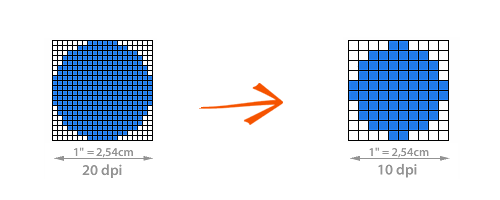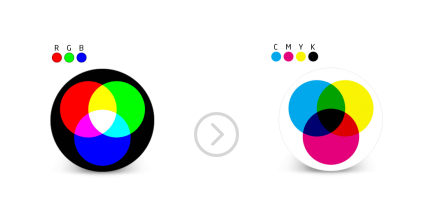
Handling a large group of image files might be a tiresome process if you plan to apply image rotation to each and every one of them. Opening and processing each one separately means spending a lot of time doing repetitive operations. So why not opt for a program that supports batch rotation of images? We recommend reaConverter, a quality piece of software which can help you handle over 500 image file formats.







